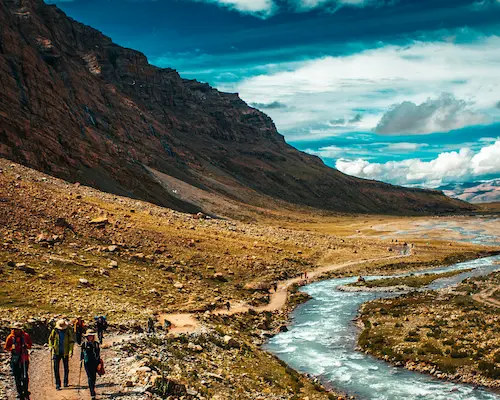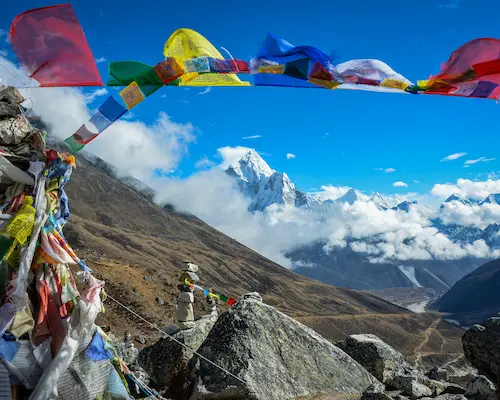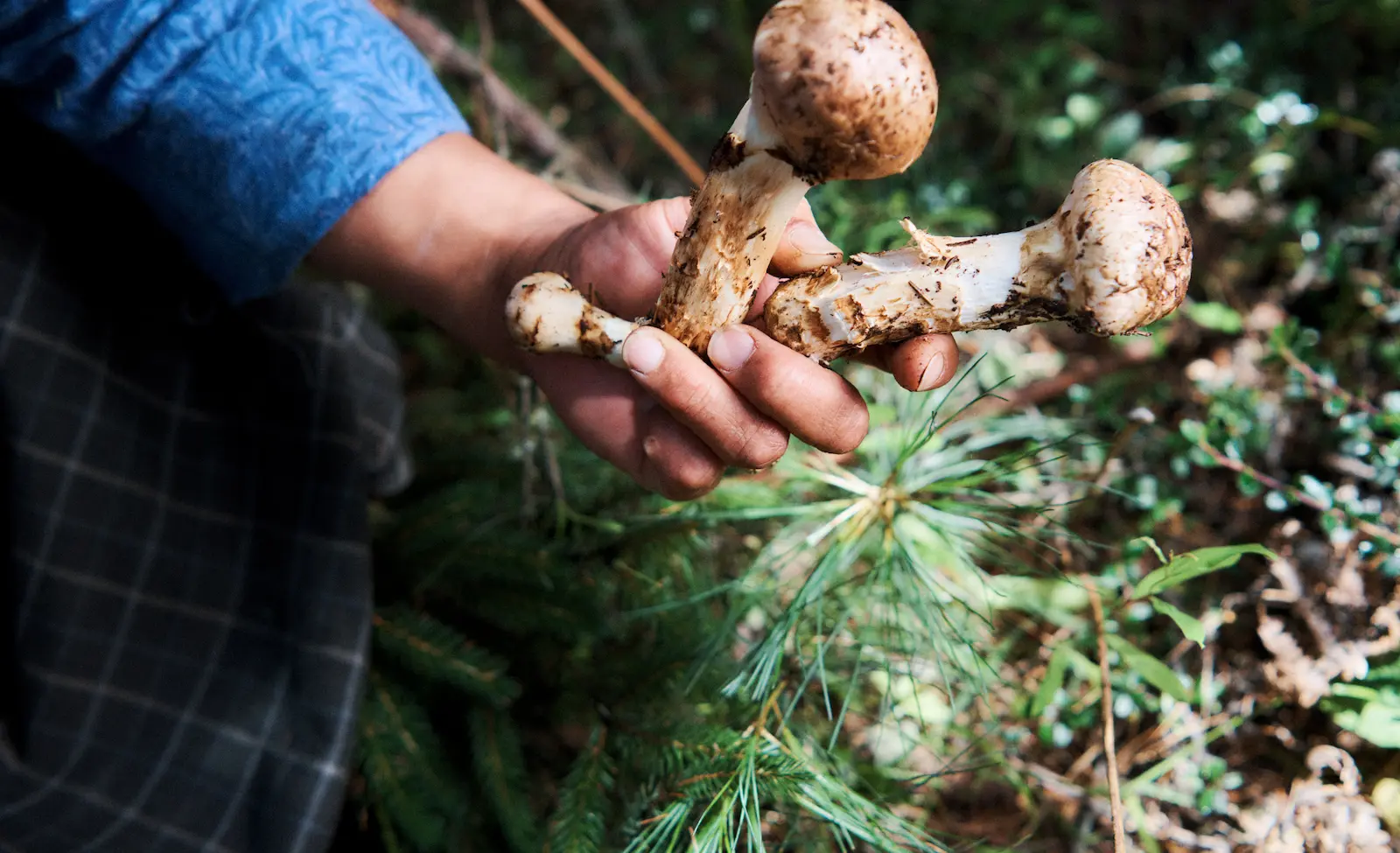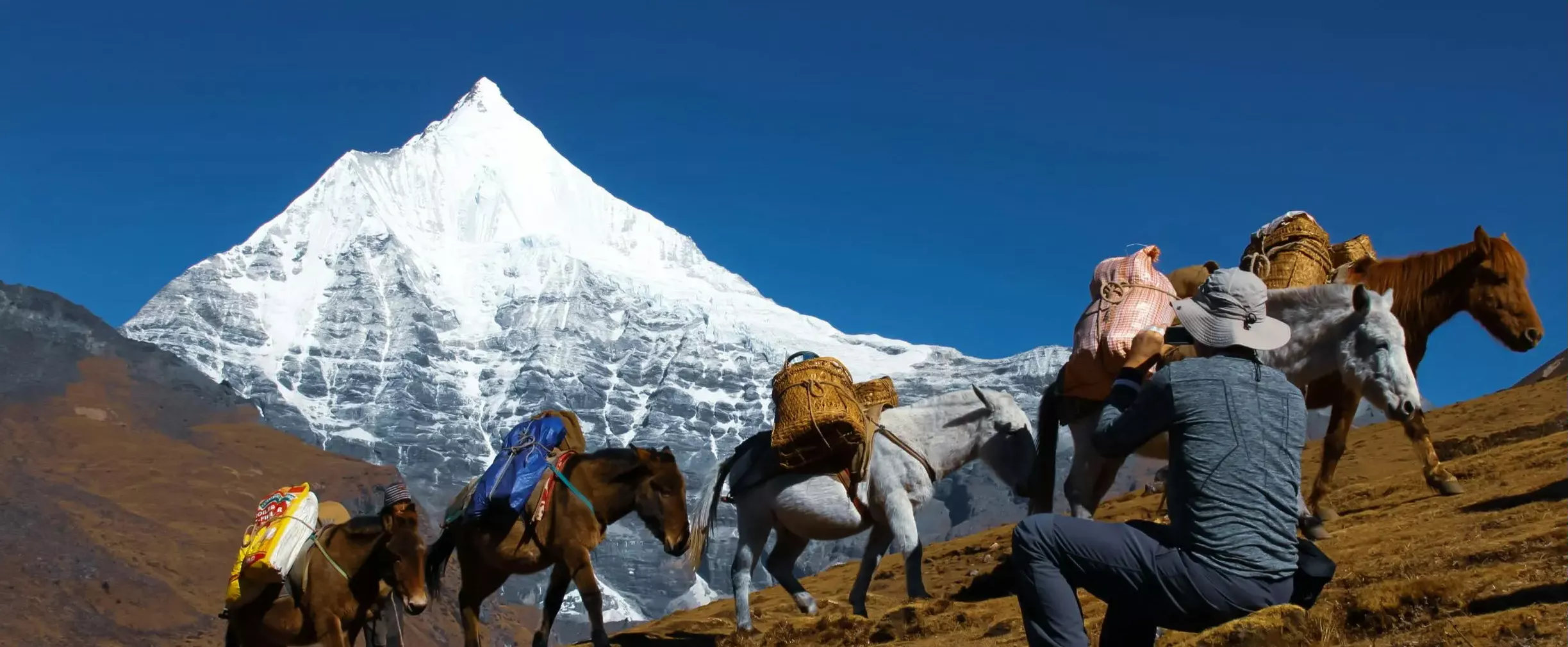Religion and Culture
China is renowned for its distinct culture and rich religious heritage, heavily influenced by Buddhism since the 7th century. This transformation began with the marriage of Songtsen Gampo, the 33rd king of Tibet, to Nepali princess Bhrikuti, which led to the gradual replacement of the indigenous Bon Po religion by Buddhism. The king's minister translated the first Buddhist scripture from Sanskrit, believed to be divinely revealed in the 5th century, further establishing Buddhism in Tibet.
Today, Buddhism remains a core aspect of Tibetan identity, while the Christian and Muslim populations are very small. Visitors can experience Tibet's rich spiritual traditions by exploring its ancient temples, monasteries, and breathtaking landscapes, including lakes, rivers, and snow-capped mountains. Tibetan Buddhism, known as Lamaism, has developed into a unique form that is deeply integrated with the culture, history, and daily lives of the Tibetan people, influenced by both Indian and Chinese Buddhist traditions. Colourful festivals also play a significant role, adding vibrancy to Tibet's cultural tapestry.
- Operating Hours: Government offices are closed on Saturday afternoons and all day on Sundays.
- Currency: The currency used in Tibet is the Renminbi (RMB), with denominations of 1, 2, 5, 10, 20, 50, and 100 Yuan.
China Visa Information
The Chinese government requires that visa applicants traveling to Tibet form groups of at least five members. The processing time for a Tibetan visa from Kathmandu is at least three working days, so plan accordingly. The embassy is open for visa services on Mondays, Wednesdays, and Fridays during limited hours. The visa fee is $45 for all nationalities, with an additional $14 fee for U.S. passport holders.
To start the visa process, please email your passport details and a photocopy before arrival. Two passport-sized photos may also be required for the visa.
Weather & Travel Tips
Tibet's weather is often less harsh than assumed, and the best time to visit is from April to November. Lower-altitude areas like Lhasa, Shigatse, Nyingchi, and Tsedang are accessible year-round, with fewer tourists in the winter.
- Friendship Highway: Connecting Lhasa, Shigatse, Tingri, Zhangmu, and Kathmandu, the highway remains in good condition year-round, except for occasional snow in February and rain in August.
- Mt. Kailash and Lake Manasarovar: Best visited in May, June, July, September, and October due to challenging weather conditions.
- Eastern Tibet: It is best to avoid travel in July or August due to heavy rains that may cause landslides.
- Mount Everest: The best times to visit are early May, early October, and winter.
Understanding High Altitude Sickness
Traveling in Tibet requires acclimatisation to high altitudes. Acute Mountain Sickness (AMS) can present symptoms such as headaches, dizziness, fatigue, nausea, and breathlessness due to lower oxygen levels. Symptoms usually improve with time and acclimatisation.
Tips to Prevent AMS:
- Avoid catching a cold before your trip.
- Limit physical activities on your first day in Tibet.
- Move slowly and stay hydrated.
- Choose light, high-carb meals and avoid alcohol and smoking.
- Ascend gradually and avoid sedatives.
- Consult a doctor for necessary medications.
Health Precautions
While health certificates are not required, individuals with medical conditions, particularly related to the heart or respiratory system, should consult a doctor before visiting Tibet. As this trip can be physically demanding, at least two months of regular exercise, such as running or swimming, can help prepare for the journey.
Tibet, a Buddhist region nestled between China and Nepal and surrounded by the majestic Himalayas, is known for its ancient Buddhist culture, stunning landscapes, artistic monasteries, vibrant cities, hidden valleys, and historic caravan routes. Since the 18th century, Tibet has been a deeply Buddhist region, blending elements of Indian Buddhism, Tantra, and the indigenous Bon religion into a rich spiritual mosaic.
At Clou Travel, we specialize in creating customized tours and trekking adventures in Tibet, tailored to meet your unique interests. Our dedicated team is ready to help you plan your perfect trip, ensuring an unforgettable experience that aligns with your preferences at no additional cost.









